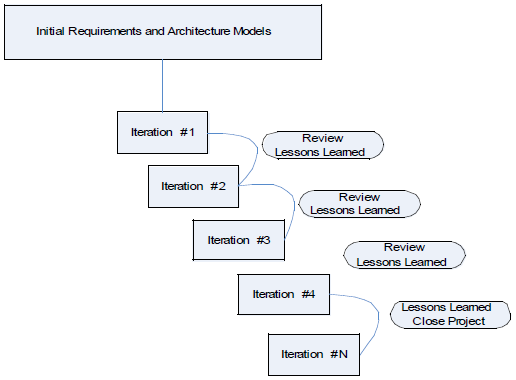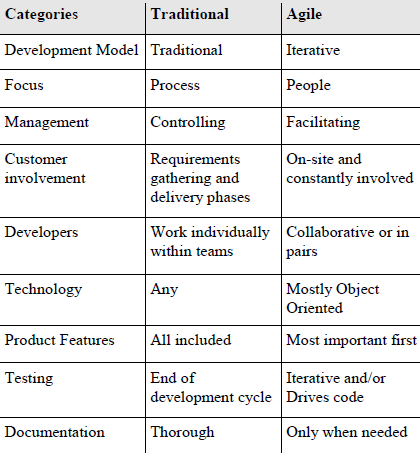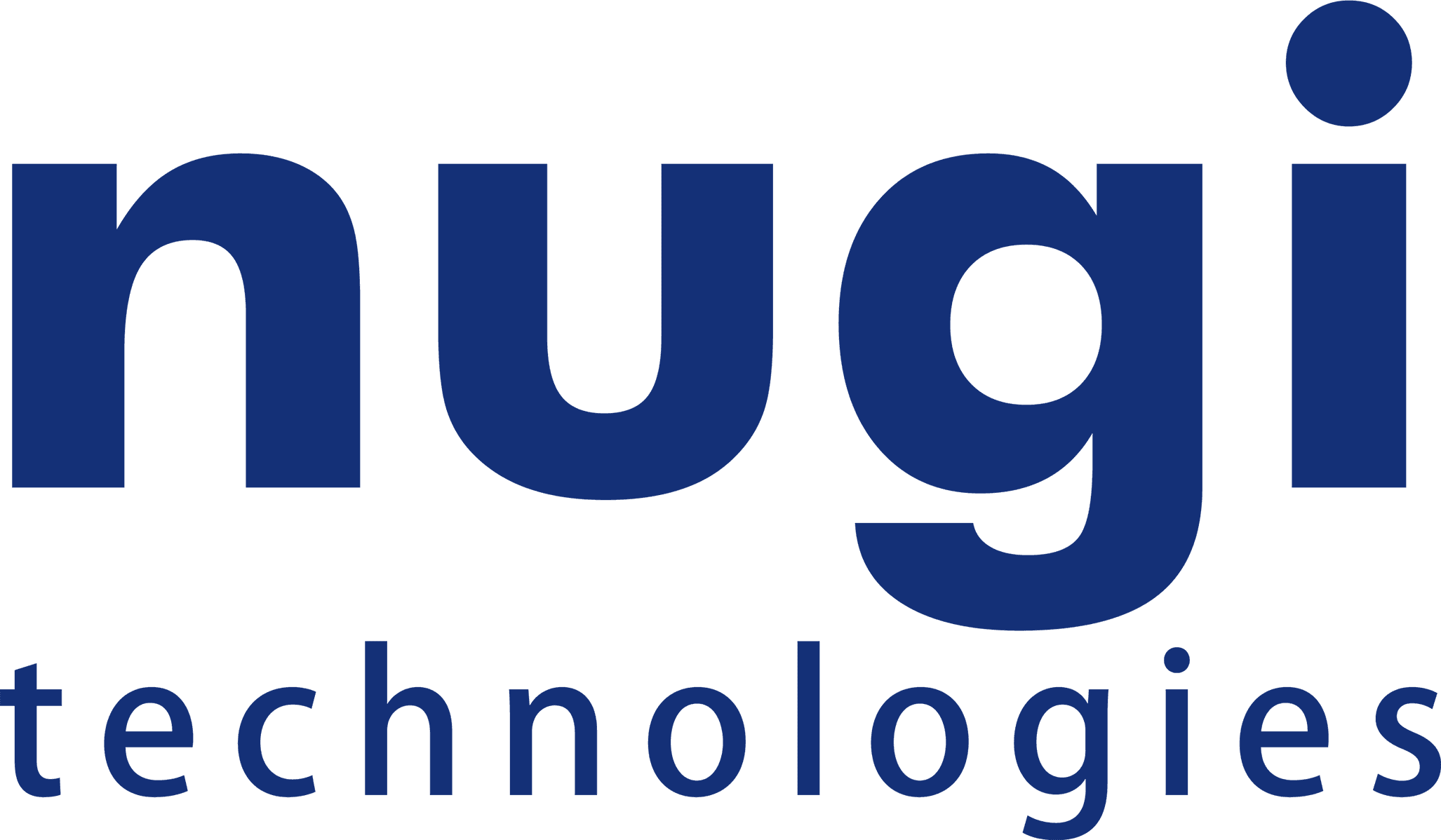Introduction
Over time, the traditional project management approaches have been critically assessed and replaced with modern project management methods such as Agile project management (CCPACE, 2011, pp. 5). In this context, the primary aim of this essay is to analyse and compare the quality control and management methods in traditional and Agile PM tools. Examples of both traditional and Agile PM methods are chosen to highlight the differences between the quality of project outcomes and processes. Furthermore, the principles and quality management approaches of PRINCE2 a traditional project management tool and SCRUM an agile project management tool are critically investigated and analysed. This essay therefore begins with a discussion of the literature on quality control and management approaches in traditional project management followed by a similar discussion of the Agile project management methods. Building upon this discussion, this essay compares the quality control and management processes used both in traditional and agile project management tools. This comparison demonstrates the criteria that can be used to measure the success of quality control and management in the two chosen methods of project management. The main advantages and disadvantages of the two project management approaches are investigated and finally assessed to derive a definite conclusion.
Quality Control & Management in Traditional Project Management Approaches
Traditional Project Management (PM) methods, also referred to as Project Management First Order (PM-1), have long been carried out by the managers of an organisation using flip-charts, white-boards, 3D CAD modelling tools and designing software and estimation tools (Levitt ed. Toole 2011, p.5). Traditional PM approaches have relied upon centralized control and management methods and decentralized execution techniques. A traditional PM approach involves:
- Project initiation
- Planning and design
- Project execution
- Monitoring and control systems
- Project closure
(Wysocki and McGary 2003, pp.17 21)
Further, the traditional PM techniques involve three steps for ensuring project quality and control:
- Specification of project requirements
- Production of required output
- Judgement of quality
(Shewhart and Deming 1939 as quoted by Koskela and Howelll 2002, p.300)
The process of project planning, control and execution is a closed loop managerial process in traditional PM as defined by the PMBOK guide. The central idea of this closed loop is that the project plans affect executing processes which in turn affect the controlling processes. The controlling processes therefore act as a two-way feedback system that affect the executing processes through implementing data correction and affect the planning processes through incorporated changes in project management.
The figure below gives a clear picture of the closed loop of processes in Traditional PM.
Figure 1: The closed loop of core processes in traditional PM (PMBOK Guide 1999)

The traditional PM techniques have emphasised on the Waterfall Method that ensures that scope is defined in the beginning, the tasks are delegated clearly and the teams are formed accordingly to achieve project completion within the set time-frame and costs (Hass 2007, p.1). Within various traditional PM processes, PRINCE2 is a management tool that focuses on the aspect of project control throughout the planning process.

Additionally, the three steps involved in quality control in PRINCE2 are:
- Product-based planning: This refers to defining the products within a project by describing the related quality methods, criteria and responsibilities.
- Control change management: This ensures that the project can be managed independently of the PM team and still adheres to the corporate standards.
- Quality review methods: This highlights the techniques such as inspection and testing to eliminate unsatisfactory project results.
(Gardland 2009, p.150)
PRINCE2 as a quality control tool thus ensures that unsatisfactory project outcomes are controlled and eliminated on a stage-by-stage basis through focus on product delivery.
The figure below shows an audit trail for PRINCE2, the approach to quality as stated above can be clearly seen in the audit trial.


Quality Control & Management in Agile Project Management Approaches
Agile PM has a history that spans over 25 years. Inaugurated and instituted in 2001 through the Agile manifestos with four core values which include; individuals and their functions, delivering working applications, customer collaboration and response to change (Wysocki 2009, pp.385). Agile PM methodologies provide not only iterative but multi-loop, multi-level and multi-feedback systems that promote real-time and dynamic environments for organisations (Augustine et al. 2005, p.86). The Agile PM techniques place emphasis on two important concepts — 1) minimizing risk through short iterations of project deliverables, and 2) direct communication with the stakeholders in the development process (Cervone 2010, p.19). From the available range of agile methodologies, SCRUM has been quite popular as it is considered a lightweight agile process that allows for intentional iterations of a project (Hoda et al. 2008, p.20). A SCRUM project is based on the vision of the system that the team aims to develop. Deemer et al. (2010, p.5) describe stakeholders in a SCRUM project as:
- Product Owner who formulates the plan for product development and is responsible for project funding
- Scrum Master: He/she is the one who helps the team understand the SCRUM process and protects the team from outside interference
- Product Backlog: a checklist of working and non-working requirements that help in delivering the vision
- Sprint: it is a subset and compilation of iterations for the product backlog
- Sprint Backlog: the tasks responsible for the completion of a sprint are compiled in a sprint backlog
Figure 4 gives us a very clear picture of the SCRUM process model.

In SCRUM, the quality management processes involve visual control and adaptive control methods. For instance, visual control methods involve cards-on-wall techniques that allow the project team to share a common vision; and adaptive control methods allow for the incorporation of suggestions and reviews of quality checks from the previous cycle into the next iteration (Haas 2007, p.45). A quality control process in SCRUM projects is iterative in nature wherein a quality check is incorporated in all iterations as shown in figure 5 below:

Another effective quality management method used in SCRUM projects is sprint review meeting in which issues are addressed and resolved to help the further progress of the development team (Tignor 2009, p.5). To aid comprehensive quality control, the SCRUM process also involves- 1) test driven product development under real-time conditions and- 2) inspection of the end product and the effectiveness of modern methods for adaption in the product objectives and development conventions (Schwaber 2004, p.8).
Comparison of Quality Control & Management in Traditional (PRINCE2) and Agile (SCRUM) PM Approaches
The theories and practices of Project Management have evolved over time and with increasing volatility in organisations. With different Project Management tools being adapted at various organisations, a comparison between the traditional and agile methodologies is required. PRINCE2 became a popular tool for managing projects in organisations such as construction while SCRUM gained popularity in software development organisations. For an overall comparison between traditional and agile methodologies, the following figure highlights the key differences:

As seen above, in the aspect of the development model, the agile PM tools are iterative where the focus is on people, unlike the traditional PM methods where the focus is on management. Further, from the perspective of management, agile methodologies involve facilitation amongst the team as opposed to corporate control in traditional PM techniques. Focusing upon the quality control and management methods, that is testing, in traditional PM methods the testing is at the end of the development cycle unlike in agile PM wherein testing is done in iterations.
Quality planning in a project is an essential process to ensure the project or the developed product has met with all the necessary criteria and conditions required for a successful project closure. In PRINCE2 projects, quality management is focused upon both the product and the management and the QM process is basically carried in-house in the same location as that of the project. A formal set-up such as Quality Management System may be placed in PRINCE2 projects since the PRINCE2 methodology is mostly used in linear and non-agile organisations. The principal output in PRINCE2 is a project quality plan which includes client expectations registered in a quality log and management of these expectations via a quality path (Nelson 2006, p.222). The complete quality trail in PRINCE2 can be seen below:

In SCRUM projects, the quality teams may not be present in the same geographies and quality assurance and management are often distributed and offshored (Sutherland et al. 2009, p.4). Since SCRUM projects typically started for software development, there is no single ownership for quality management. Every involved team in a SCRUM project employs a quality watchdog for ensuring accountability for each team member (Sutherland et al. 2009, p.5). Additionally, in SCRUM projects, the customer is the most important member in the agile value chain and therefore quality improvement measures are thoroughly followed in each sprint to ensure the developed product is completely fault-free.
Criteria for Comparison of Quality Management / Control / Assurance in PRINCE2 and SCRUM
From the theoretical perspective, PRINCE2 and SCRUM both follow the Deming Quality Circle PDCA that is, Plan, Do, Check, Act (Deming 1986) for quality assurance. In PRINCE2, quality assurance is defined by the corporate and the program management alone that puts the QA process outside the project scope in PRINCE2 (Hedeman et al. 2009). Further, the responsibility of assuring quality in a project is viewed as a subset of the wider responsibility of Project Assurance as seen in the figure below:

In SCRUM, the QA process is aligned within the scope of the project as follows:
- Plan: Release and sprint planning
- Do: Collaboration between different teams and customers for testing throughout the product development lifecycle
- Check: Repetitive testing and constant integration throughout each sprint
- Act: Adaptation of learning from the previous sprint into the next sprint
(Stamelos and Sfetsos 2007, p.28)
Additionally, the QA process is integrated within all the phases of the software development and in both testing role and team adaptation to ensure that quality management is a way of working within a SCRUM project rather than an additional requirement as in the PRINCE2 Projects. Thus, when looked for the perspective of various quality parameters, the following figure helps in highlighting the difference in quality approaches and methods for the SCRUM and PRINCE2 projects against set criteria:

As seen from the figure above, the major criteria which both Traditional and Agile PM follow in Quality Management highlight that the quality culture is embedded within the agile processes while is treated as a separate governing function in traditional methodologies. Another important observation is that quality in agile processes is communication driven as opposed to being documentation driven traditional methodologies. Overall, the PRINCE2 quality management processes when compared against the set criteria show that this methodology is best suited for linear and non-agile enterprises such as aerospace/defence, construction and pharmaceutical industries (Levitt 2011, p.4). While comparing the quality management in agile methodologies with the set criteria, this methodology is best suited for non-linear, geographically distributed and complex organisations such as software development industries.
Conclusion
The PRINCE2 methodology has the advantage of being applicable to almost all types of projects since it possesses a generic PM layout that fits into just any situation. As this methodology has been around since the last decade, another advantage of PRINCE2 is the common vocabulary understood by almost all the PM professionals who underwent rigorous training in PRINCE2. SCRUM on the other hand possesses the advantage of having a lightweight management style that allows for continuous discussion and integration of various involved teams and project stakeholders. Also given the volatility in today's largest economies, markets and technologies, SCRUM provides an easy-to-adapt and iterative PM methodology that can work in a real-time environment. Moving on to the disadvantages, PRINCE2 doesn't engage all the available knowledge of the teams when compared to SCRUM owing to its underlying principle of waterfall. Although SCRUM is a simple process and can be easily applied to projects in a complex environment, the uncontrollable scope in SCRUM methodology is inapplicable for linear and large projects requiring senior management buy-out. Overall, though both traditional and agile methodologies ultimately focus on the quality of the product and follow different quality management processes to ensure project success, the application of these methodologies is still largely dependent upon the type of project and nature of the organisation.

